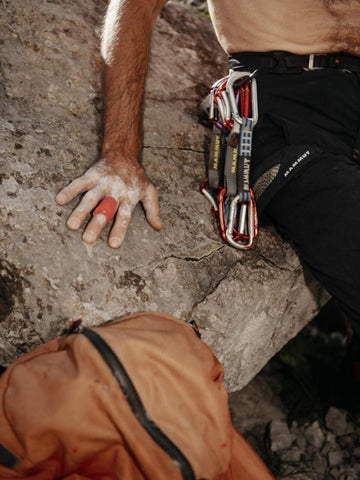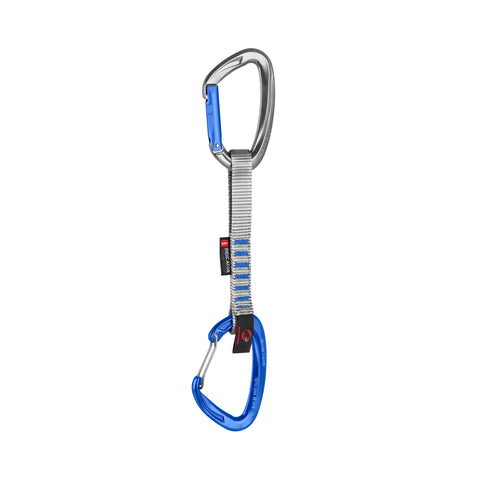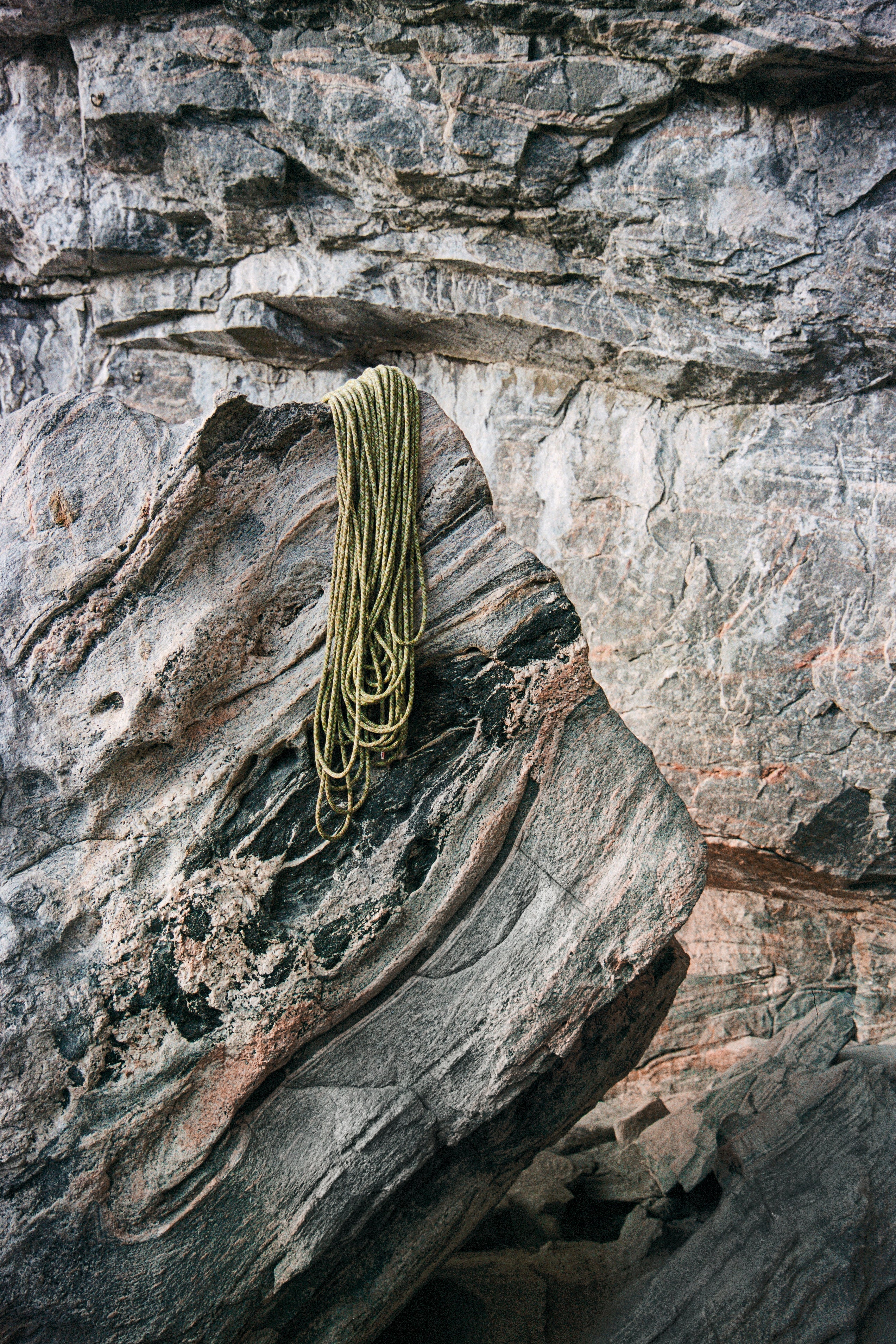
Climbing Season is here! Spring has arrived, fingers, tendons and skin have been waiting for enough sunlight to get out for a sneaky climb after work.
For this series we look at the differences between all that gear out there. Which rope is right for you? What's the difference between each harness, set of quickdraws, carabiners and belay devices.
But before we get into that – how do I know if you need to update your gear, or if your current gear is safe to climb on?
Below, we’ve put together some basic questions about gear checking and maintenance.

Q. Why is it important to check your gear regularly, and what should I look for?
Maybe you’re just getting into climbing and Mum or Dad have offered their old harness and shoes just ‘to get you started’ until you’re ready to purchase your own gear. What an awesome way to get into climbing; retro is trending, free is always good and you don’t have to navigate the hundreds of harness and shoe options on the shelves.
Just before you get too excited – did you know climbing gear, like food, has a best before?
Q. A best before date for climbing gear? As in – it can expire?
Not exactly, but climbing gear can outlive it’s best (safest) life. Which means you’re taking a risk if you use it.

Climbing gear is always tested to well above what it is rated for. Which means when you purchase something in Australia that is certified, you know you can rely on the product if you keep it according to the maintenance instructions.
Mammut (and most climbing brands) suggest you do not use a product past 10 years from manufacture date – provided it has been kept and maintained as per instructions. For harnesses, this means Mum or Dad’s harness may be best kept in that slightly damp box at the bottom of the garage. Same goes for ropes and helmets.
Q. I’m a daily climber, super serious projector, sitting in my harness, taking daily whips and storing your harness in the bottom of your climbing bag day in day out? Will your harness still last 10 years from manufacture date?
As we mentioned, it’s important that you maintain your gear to make it last as long as possible, keeping you safe. This means harnesses should be stored in their bag without your entire rack attached to it, and preferably not squished with that 1 week old banana at the bottom of your gear bag.
Aside from that, Mammut has our ‘Indicator Technology’ on all our high wear areas of a harness or quickdraw (bone). This means we have incorporated an indicator in the core of the belay loop, so if you start to see that – time for a new one! Safety is our priority, so we try to make it easy for you to see wear when it happens to keep you safe.

Q. My rope looks dirty. Does dirt really make a difference to my rope?
Yes. At Mammut HQ we teamed up with Hard is Easy and ran a few tests to see if there was a difference between the wear and safety of a clean rope versus a dirty rope.
We suggest you use a rope mat (or rope bag with a built in mat) every time you take your rope outside. Something as simple as this can reduce the dirt taken up by your rope, which may help increase the life of your rope.
In our upcoming series, we will talk about gear maintenance (including sleeping bags), differences between gear and how to choose the appropriate product for you.
Read more

On May 23, Marek Holeček and his partner Matěj Bernát became the first to conquer Sura Peak's northwest wall, a six-thousander in Nepal. The Czech duo accomplished this feat in four days, adopting ...

Part 1: What can damage my rope? There are a tonne of things that can cause damage to your rope. But to help make it easier, we've listed some of the more common causes of rope damage and what to d...
